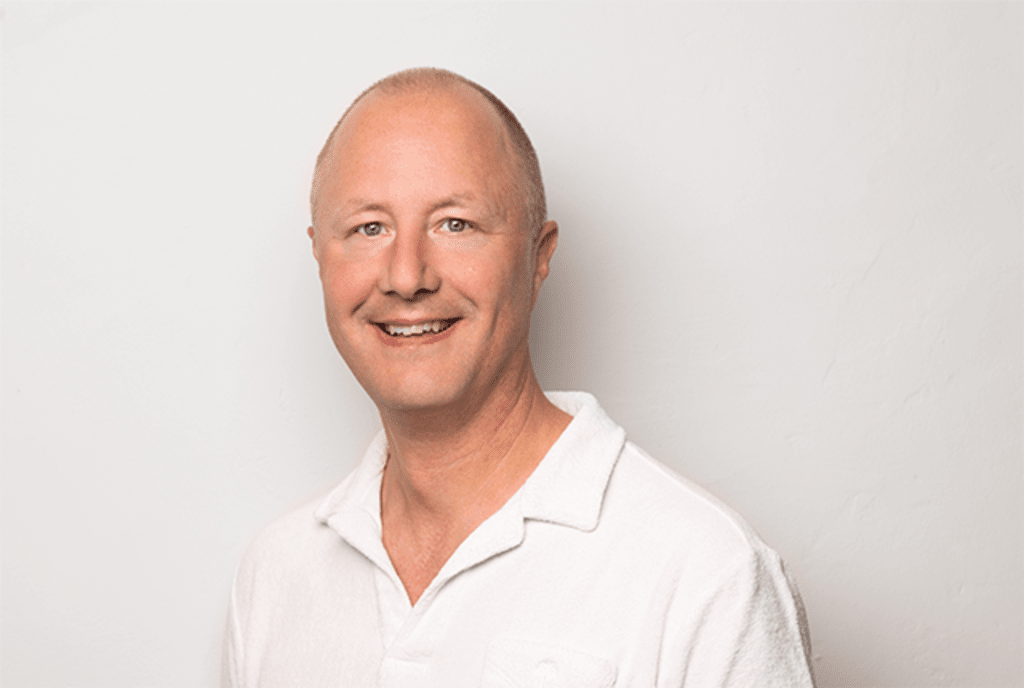Sweden’s Open Access Fiber Deployment Offers Lessons for U.S. Strategy
The country boasts internet penetration with 98% served with Gigabit symmetrical speeds.
Jericho Casper

WASHINGTON, December 6, 2023 – The former CEO of a fiber deployer in Sweden urged the United States Tuesday to be bolder in broadband deployment, reflecting on the Nordic nation’s aggressive buildout of open access fiber networks that now provide 98 percent of the population with access to gigabit download and upload speeds.
COS Systems CEO Mikael Philipsson, and former CEO of GlobalConnect, highlighted at Broadband Breakfast’s Digital Infrastructure Investment Summit Tuesday how Sweden’s gigabit broadband strategy drove an open access “fiber race” in the Nordic nation, from which he said the U.S. can learn.
Philipsson called for U.S. network engineers to “plan for 100 percent,” saying if municipalities start to cherry pick which homes they build to, it will result in a fraction of the population likely never being served.
When GlobalConnect was planning its wholesale fiber network, it built fiber to the smallest, most rural locations first, then invited all ISPs to provide services over the network on equal terms, he said.
The Swedish government’s broadband strategy adopted in 2016 encouraged rapid investment and innovation. The government had several initiatives and strategies to encourage private investment in broadband networks, including subsidies and grants for private investment in rural areas, the promotion of public-private partnerships, and encouraging open access networks.
Today, 60 percent of the Swedish market has adopted internet service that utilizes the open access model, with the other 40 percent choosing a vertically-integrated fiber or cable offering that still relies on a wholesale fiber backbone. Due to consumer demand, even the former incumbent, Telia, adopted the open access model in order to maintain its competitive advantage.
Lessons along the way on the open access path
But there were hard lessons learned along the way, Philipsson said, including labor shortages and permitting issues that caused buildouts to stall for 12 to 15 months at a time.
“It’s going to be more expensive and take a longer time than you think,” warned Philipsson.
Fifteen years earlier, leaders of GlobalConnect were deciding whether to pursue an intensive infrastructure rollout. In what would become a defining moment, the team decided to challenge incumbent providers who at the time owned 99 percent of the physical infrastructure in the country, launching a fiber-to-the-home wholesale network with private backing.
The company’s move kicked off a land grab across Sweden, as infrastructure providers raced to compete for a share of the wholesale fiber market.
“It was a fight on the street to get customers,” recalled Philipsson. “We rolled tractors out on the street as a marker to say ‘We will serve this part of the town.’” Within five years, GlobalConnect had addressed two million households across Sweden with a fiber offering, and built its wholesale network to pass one million homes with a 70 percent take rate.
The positive effects of adopting the wholesale model across Sweden were sweeping for service providers, infrastructure providers, and residents, alike. Service providers with big ambitions were able to launch their services nationally with no capital expenditures, he said. Competition drove providers to become more customer centric, offering differentiated pricing models and expanded offerings to separate themselves, he added.
“Partner up with your former competitors, perhaps,” said Philipsson. “Sharing infrastructure is really the end game for digital infrastructure, just like all the other infrastructures.”
See the other videos from Digital Infrastructure Investment 2023:
 Broadband BreakfastBroadband Breakfast
Broadband BreakfastBroadband Breakfast









Member discussion